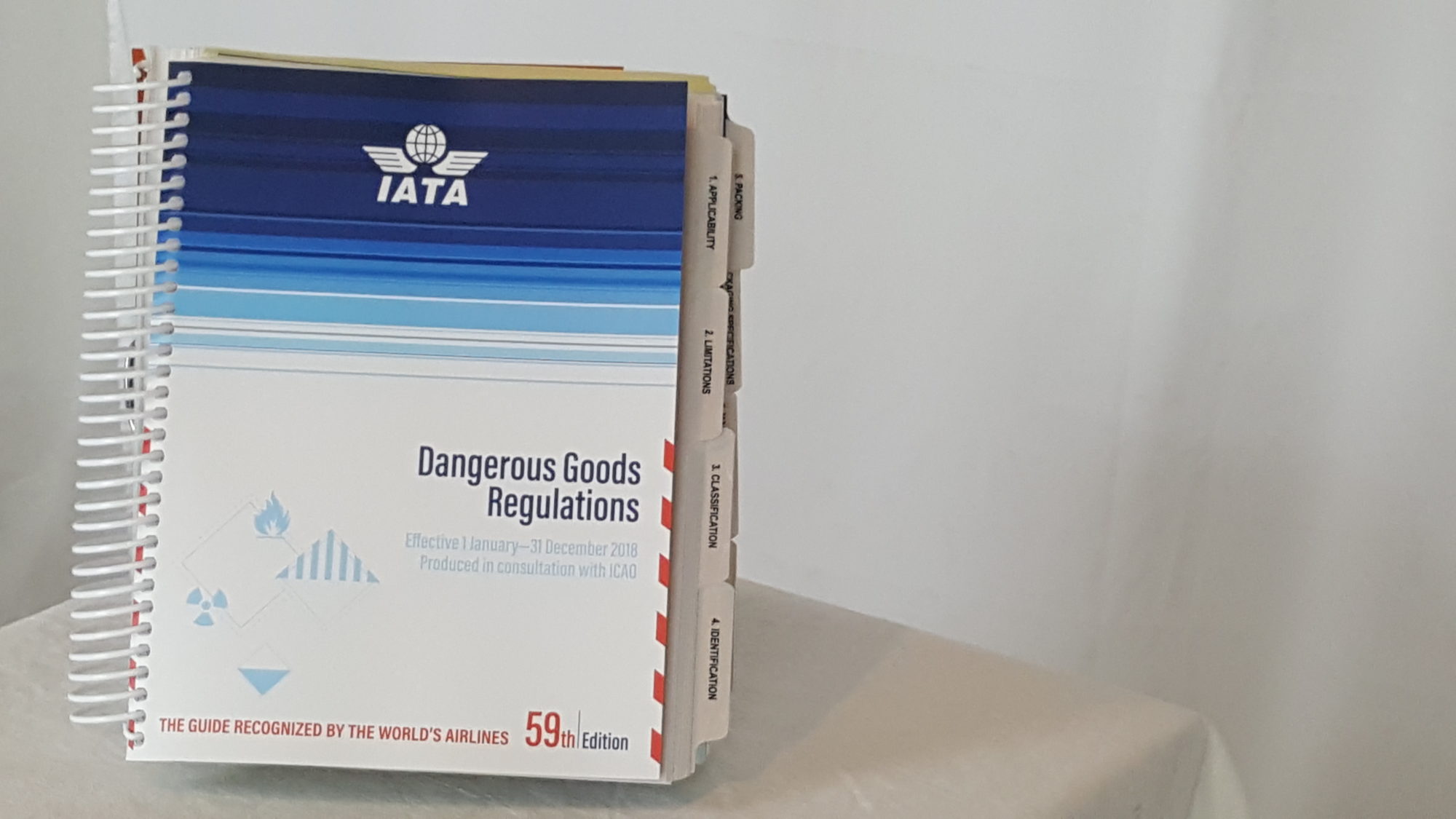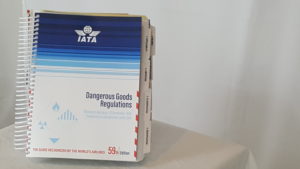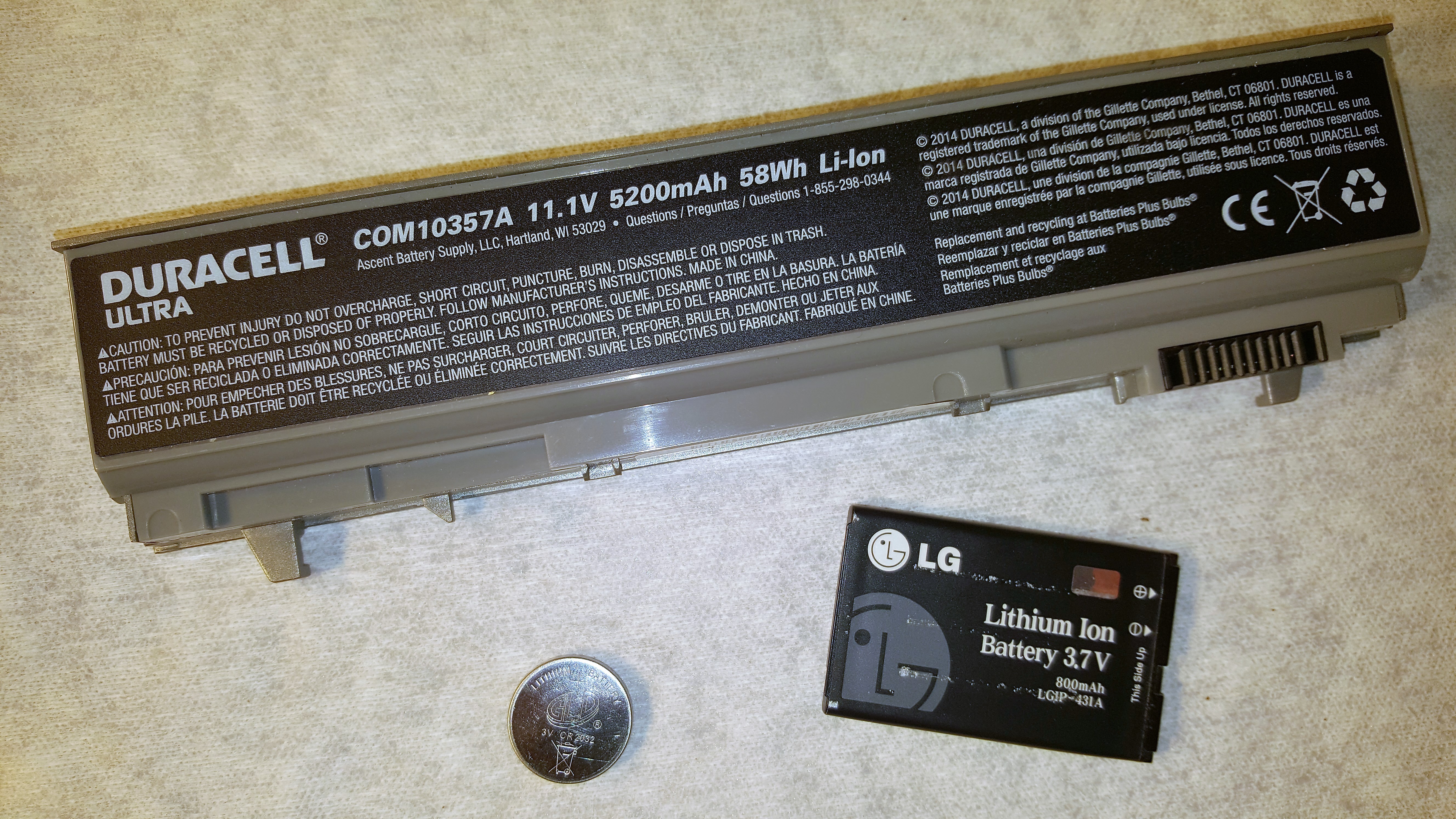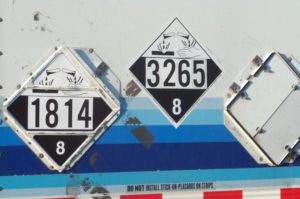A question from the regulated community (10.24.17):
Good afternoon Daniel. I am shipping a combustible liquid and wanted to know if I can ship overnight by air if it falls under excepted quantity. It has a flashpoint of 80 Celsius. Will it require dangerous goods paperwork and placarding? If under 500mL I can ship by excepted quantity without placarding and paperwork correct? If over 500mL would it have to go ground only? I do not see combustibles in section 4.2 in the IATA book.
Thanks for your help sir.
Contact me with any questions you may have about the transportation of hazardous materials by air, highway, vessel, or rail International and Domestic Daniels Training Services, Inc. 815.821.1550 |
I knew this was going to be a tough question to answer because it referenced a classification unique to the U.S. (Combustible Liquid), a complicated packaging exception (excepted quantity), and two distinct sets of regulations (the USDOT/PHMSA Hazardous Materials Regulations for transport within the U.S. and the IATA Dangerous Goods Regulations for transport by air). So, I asked for more information and more time:
Thank you for contacting me.
This is a very tough question which is taking me some time to research. If you can provide some additional information, that would be helpful:
- What is the material? Does it have a classification other than combustible liquid?
- Is the maximum net quantity of the inner packaging no more than 30 g or 30 ml?
- Is the maximum net quantity of the outer packaging no more than 500 g or 500 ml?
Thank you and please advise.
He replied the next day (10.25.17):
Here is the SDS (SDS was attached to the email). Inner packaging would be 500mL. Maximum net quantity of the outer packaging would be 500mL.
The following relevant data was obtained from the SDS:
- Contains: 95% N-MethylAminoPropylTriMethOxySilane and <5% Methanol
- Flash point: 82 °C (179.6 °F)
- Section 14 indicates classification as UN1993, Combustible liquid, n.o.s.
- No classification per international regulations (IATA or IMO) is indicated.
- No other information in SDS indicates material meets defining criteria of other HazMat / dangerous good.
Ball was back in my court. I replied later that day:
I think I have an answer for you. Please see below.
- Based on the SDS it is a hazardous material (HazMat) as defined by USDOT/PHMSA as a Class 3 Combustible Liquid.
- The international regulations – including IATA – do not have a classification for, and do not regulate, a Combustible Liquid. Therefore, this material is not regulated per IATA.
- 49 CFR 171.22(c) of the Hazardous Materials Regulations (HMR) requires a HazMat not subject to international regulations – e.g., a Class 3 Combustible Liquid – be subject to the HMR when transported to, from, or through the U.S. regardless of international regulations. This USDOT letter of interpretation confirms it (LOI 13-0020).
- A Combustible Liquid transported within the U.S. is subject to the combustible liquid exception if it is not transported in a bulk packaging and is not classified as a hazardous substance, hazardous waste, or marine pollutant. Based on the information provided I presume this HazMat is none of those.
- To be be eligible as an excepted quantity per USDOT/PHMSA and IATA regulations the maximum net quantity of the inner packaging must be no more than 30 g / 30 mL and the maximum net quantity of the outer packaging must be no more than 500 g / 500 mL. Based on your earlier email your HazMat exceeds the maximum net quantity for the inner packaging and therefore can’t be transported as an excepted quantity.
In summary:
Based on the information provided the material as described is not subject to the regulations of either USDOT/PHMSA or IATA when transported within the U.S. or internationally by any mode as long as the requirements of the Combustible Liquid Exception are met.
I hope this helps.
Please don’t hesitate to contact me with any other questions.
Like this article? Subscribe to my Monthly Newsletter No marketing emails! |
That appeared to satisfy him.
Great! Thanks Daniel. Some of these chemicals can be tricky when shipping.
Conclusion:
The transport of a hazardous material (aka: dangerous good) within the U.S. while subject to international regulations can be a challenge! The classification of a Class 3 Combustible Liquid and the application of the Combustible Liquid Exception are only two examples where international and domestic regulations must be made to work together. Other shipping challenges include: marine pollutants, hazardous substances, & lithium cells or batteries to name a few. And of course, all regulations require periodic training for applicable personnel to ensure knowledge and compliance.
Daniels Training Services, Inc. 815.821.1550 |






